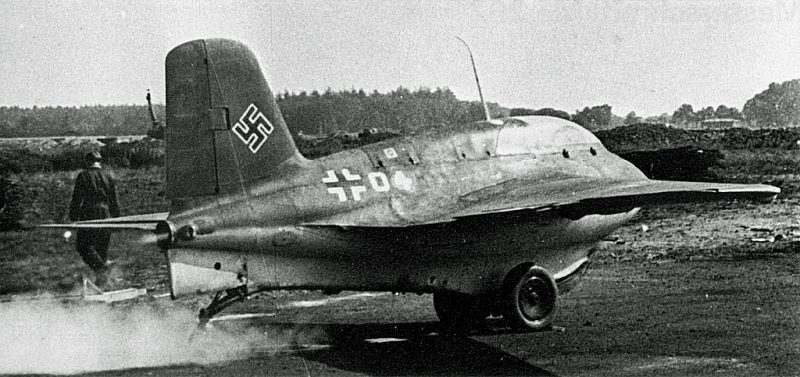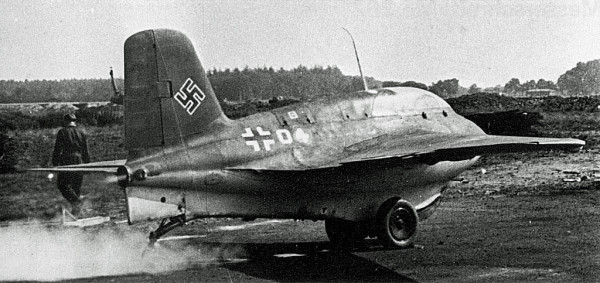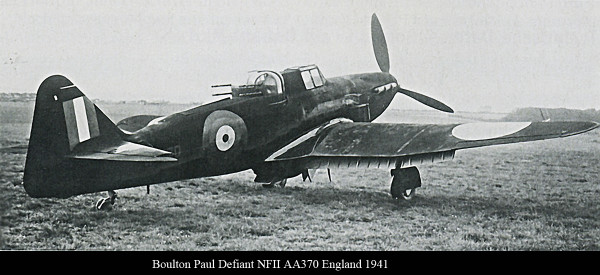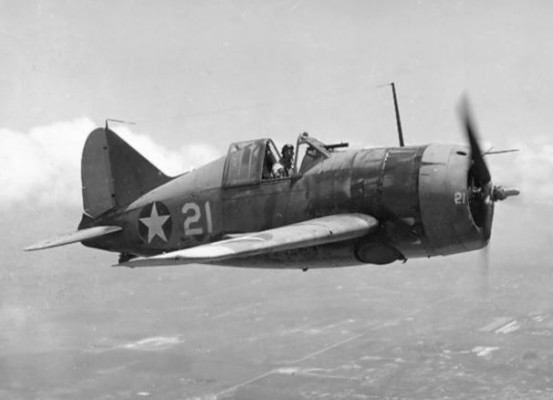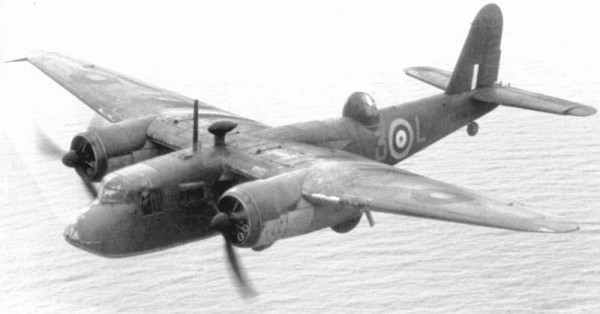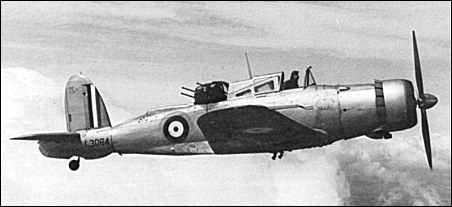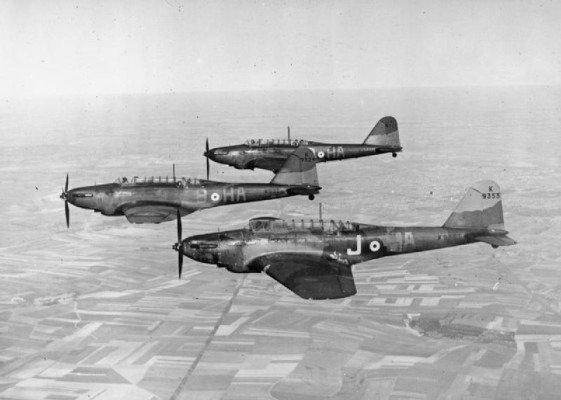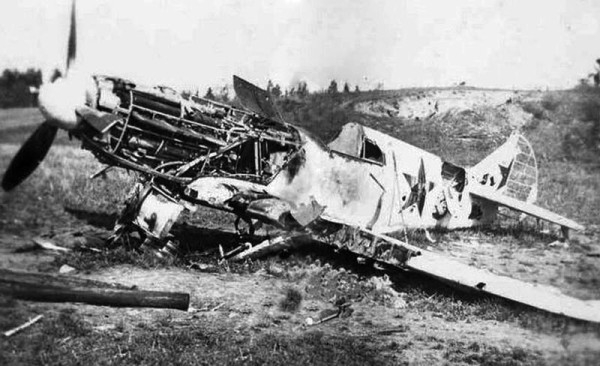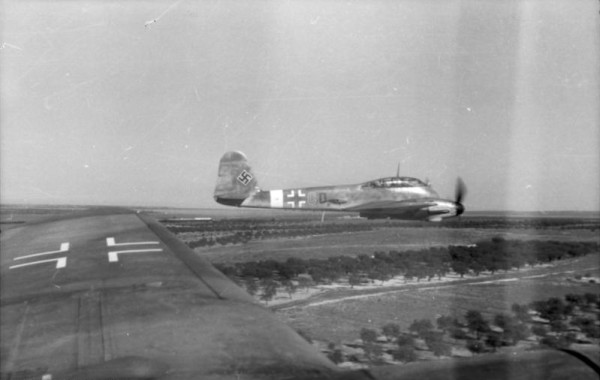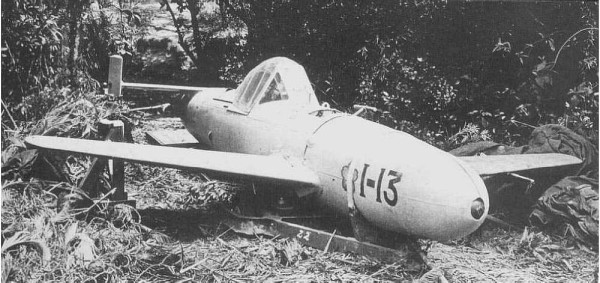For the most part, the aircraft at the top of the WW II era are easily accessible and known by anyone who has studied, or even lived, the era. However, it can be a little more difficult when trying to create a list about the worst aircraft of World War II. The number of lists for the worst aircraft could feasibly be as long as there are number of people with opinions, unless the list is compiled using specific facts, such as overall performance, number manufactured, kill ratio, etc.
WWII Boulton-Paul Defiant MK.1
Boulton-Paul Defiant MK.I – Great Britain
-
- No forward guns
- Slow in maneuvers
- Two squadrons annihilated in a single day
- Briefly utilized on night missions
- Eventually used only as part of rescue missions, gunnery training and target towing
WWII Brewster Buffalo
- Brewster Buffalo – United States
- Produced only from 1938 – 1941
- Poor performance possibly due to light weight of the aircraft
- First monoplane fighter for US Navy
- First monoplane with arrestor hook
- Only four nations other than US used this aircraft
- Of the four, only one (Finland) found it to be effective
Great Britain’s WWII Blackburn Botha
- Blackburn Botha – Great Britain
- Under-powered
- Unstable airframe
- Extraordinary number of fatal crashes, developing the reputation as a death trap
- Eventually withdrawn and used for training missions, coastal patrols and carrying anti-submarine bombs
WWII Blackburn Roc – Great Britain
- Blackburn Roc – Great Britain
- Single-engine, monoplane
- Armament prevented gunner from firing unless aircraft was flown straight and level making it impractical in a dog fight
- No forward firing guns
- Difficult for gunner to bail from aircraft
- Top speed was only 160 mph
RAF’s Fairey Battle
Fairey Battle – Great Britain
- Despite power of Rolls-Royce engine, the bombing load and three-man crew added too much weight for the light bomber
- Armament not adequate against more modern aircraft
- Inadequate speed
- Despite scoring first official aerial victory of WWII for the RAF, heavy losses were eventually recorded
- Withdrawn from battle and used in overseas training
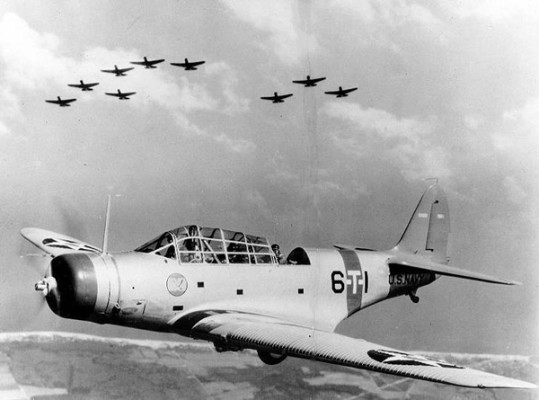
- Douglas TBD Devastator – United States
- Despite initial pre-war status as an advanced fighter, by the bombing of Pearl Harbor, aircraft was considered obsolete
- Alternative World War II aircraft was still in testing phase
- Speed made it vulnerable to fighters on patrol
- Entire fleet was almost wiped out in Battle of Midway
- Lavochkin Gorbunov Doudkov LaGG3 – USSR
- Wooden airframe – essential parts protected by Bakelite lacquer
- Proved too heavy for its own frame
- Slow engine and poor climbing rate
- Prone to shattering when hit and spinning if turned too quickly
- WWII Pilots referenced it as “guaranteed varnished coffin”
- Messerschmitt Me 163 Komet – Germany
- Only operational rocket-powered fighter aircraft
- Unsuccessful as a fighter
- Armament only allowed a minimal amount of firing time
- Velocity of armament compromised aim
- High fuel consumption
- Highly explosive
- High take-off and landing loss
- Messerschmitt Me 210 – Germany
- Poor flight characteristics for a WWII aircraft
- Design flaws never really resolved
- Unstable and prone to stalling
- Yokosuka MXY -7 Ohka – Japan
The final entry on our list, the MXY-7 Ohka (Cherry Blossom) wasn’t a plane as such, but a manned missile. By 1944, Japan was growing increasingly desperate to stem the Allied advance through the Pacific. The solution was a dedicated kamikaze craft, built out of non essential materials, and packing enough explosives to sink a heavily armoured warship. It was designed to be carried underneath the Mitsubishi G4M “Betty” bomber. Once near the target it would be released, using its three rocket motors in a 1000kph (620mph) dive at enemy shipping. It was incredibly basic, the cockpit having just four instruments, but since it would only ever be a one way trip this was considered unimportant. Grand plans were put forward for waves of suicide aircraft to be launched from planes, submarines and even caves.
